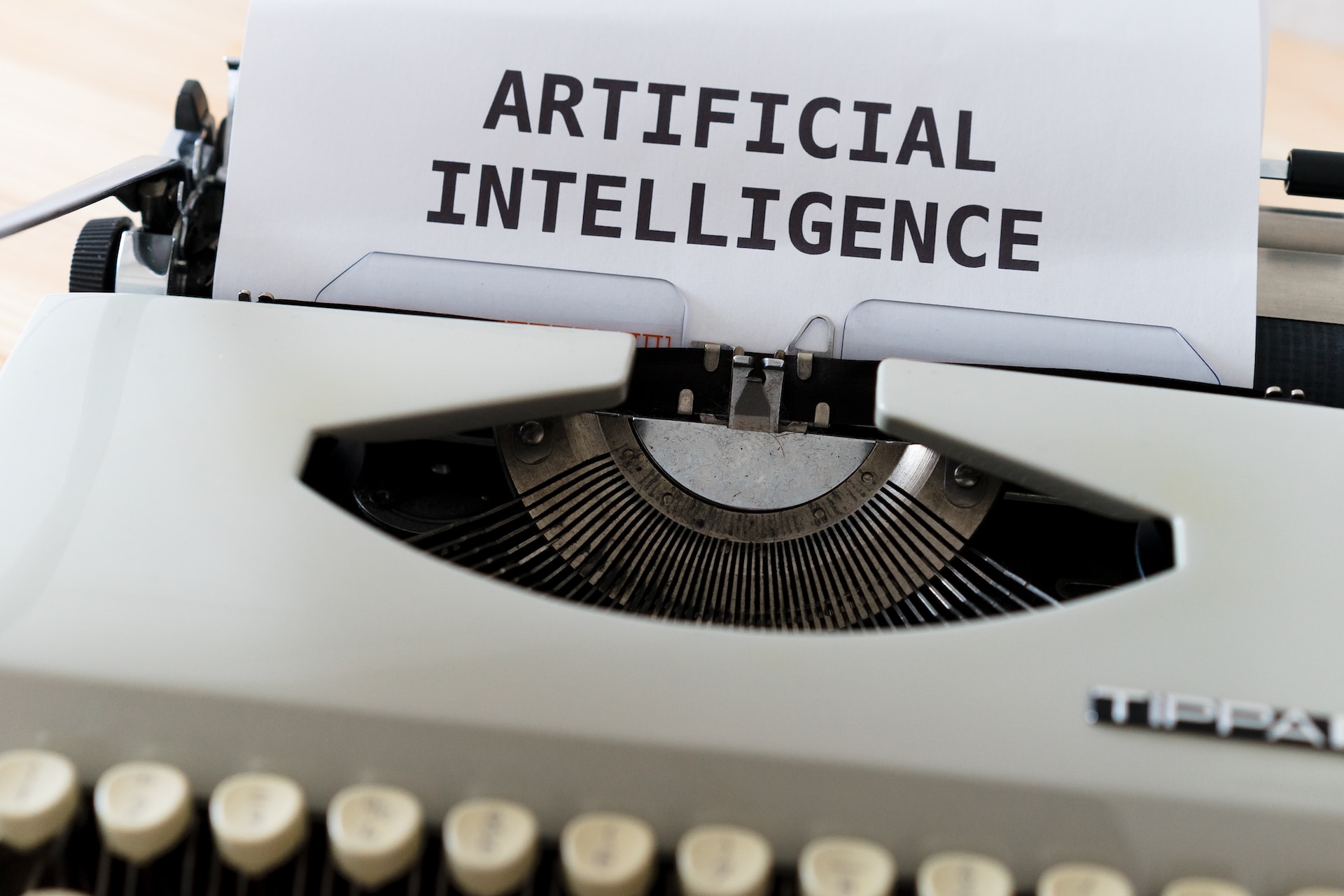Understanding AI:
Before delving into Generative AI, let’s start with a brief introduction to Artificial Intelligence (AI). Artificial intelligence (AI) is the design of computer systems that can carry out tasks that traditionally require human intelligence. These tasks include pattern recognition, decision-making, problem-solving, and, in the case of Generative AI, creative endeavors.

What is Generative AI?
Generative AI is a branch of artificial intelligence that focuses on creating machines or algorithms capable of producing original and creative outputs. Unlike traditional AI models that make decisions based on existing data, Generative AI enables systems to generate new and unique content. This content can range from images and music to text and even human-like conversations. Generative AI achieves this by leveraging techniques such as deep learning and neural networks, which allow algorithms to learn and generate novel outputs.
Fundamentals of Generative AI:
Generative AI operates on the principle of learning from data to create new content. One popular technique within Generative AI is the use of Generative Adversarial Networks (GANs). GANs consist of two components: a generator and a discriminator. The generator creates new content, while the discriminator assesses the authenticity of that content. Through an iterative process of competition and refinement, GANs generate outputs that progressively approach indistinguishability from human-created content.
Applications of Generative AI:
Generative AI has found applications in various industries, revolutionizing the way we approach creative tasks. Here are a few notable examples:
Art and Design:
Generative AI tools empower artists and designers to explore new styles, generate inspiring visuals, and create unique artworks. These tools can assist in the creation of digital masterpieces and push the boundaries of artistic expression.
Music Composition:
Musicians and composers can leverage Generative AI algorithms to compose melodies, harmonies, and even entire musical pieces. These algorithms analyze existing musical patterns and generate novel compositions, expanding the creative possibilities in music production.
Virtual Reality and Gaming:
Generative AI enhances virtual environments by autonomously generating realistic landscapes, characters, and immersive experiences. By employing procedural generation techniques, games, and virtual reality experiences become infinitely diverse and captivating.
Healthcare:
Generative AI contributes to advancements in healthcare, aiding in drug discovery, medical imaging analysis, and personalized treatment planning. By generating synthetic medical images and analyzing large datasets, Generative AI assists in improving diagnostics and patient care.
Conclusion:
Generative AI has revolutionized the creative landscape across industries, enabling machines to produce original and captivating content. By understanding the fundamentals of Generative AI and exploring its applications in various fields, we can appreciate its transformative potential. Whether you are an aspiring artist, musician, or simply curious about the world of AI, Generative AI opens new possibilities for innovation, creativity, and human-machine collaboration.
References:
OpenAI (Model, GPT-4). Prompt: “I want to write a [Help Me Write] about Generative AI. I will want it to be 500 words. Please ask me 5 questions, one by one that will help you help me craft this, and then wait for my answer. After you have asked me all the questions, then please write it.” Generated on June 14, 2023.

Very informative. Thank you for your blog!
Wow, this is wonderful. Well done Hans! 😊